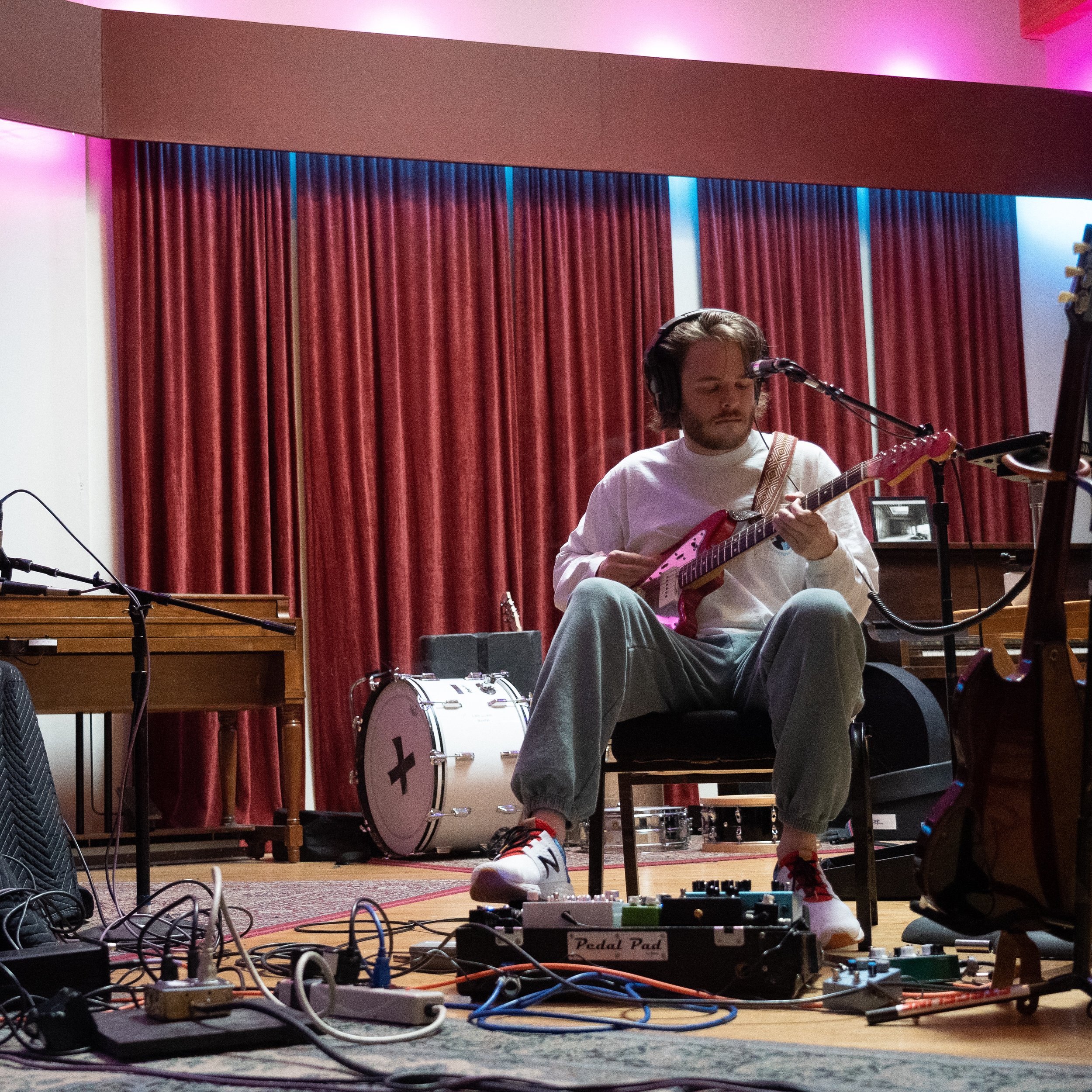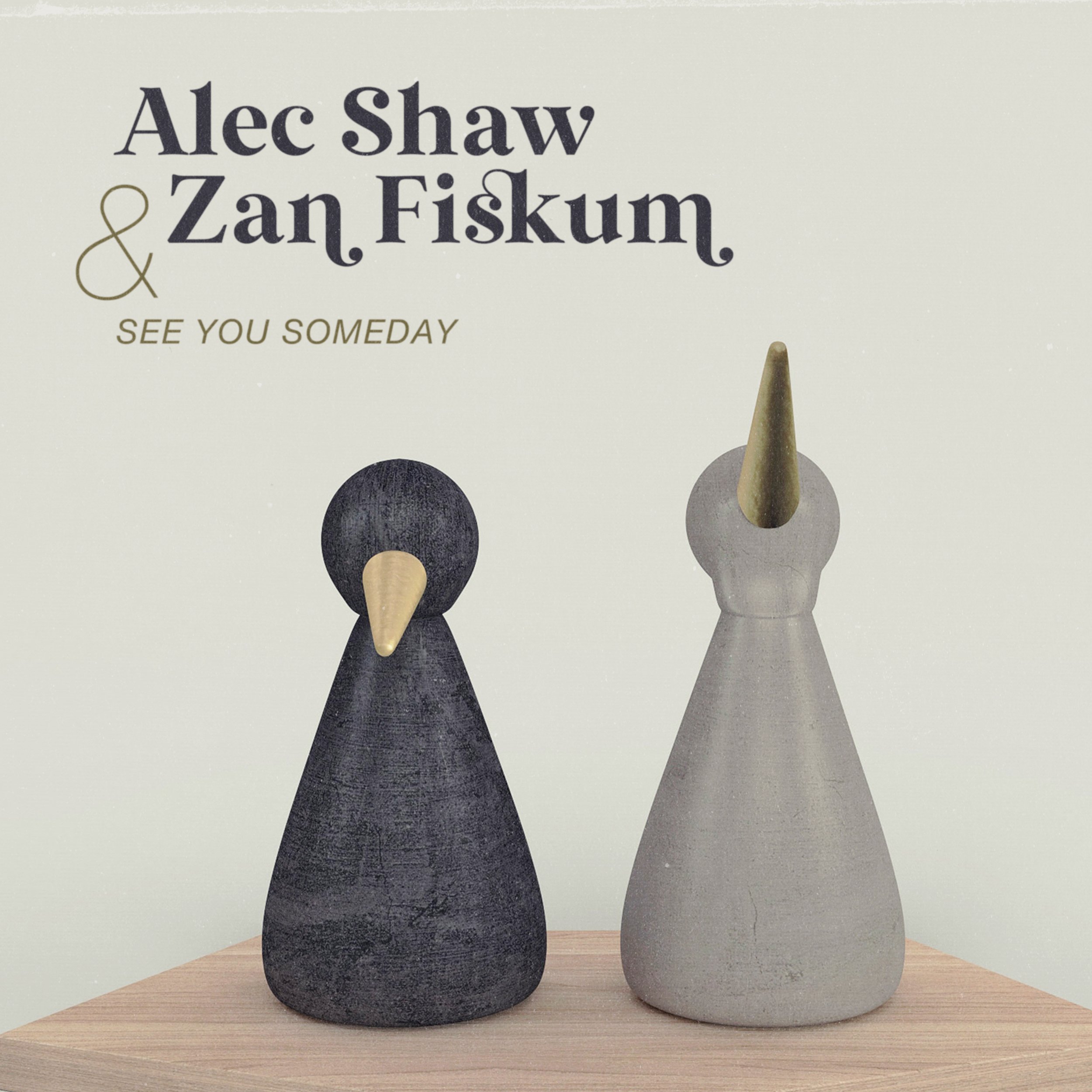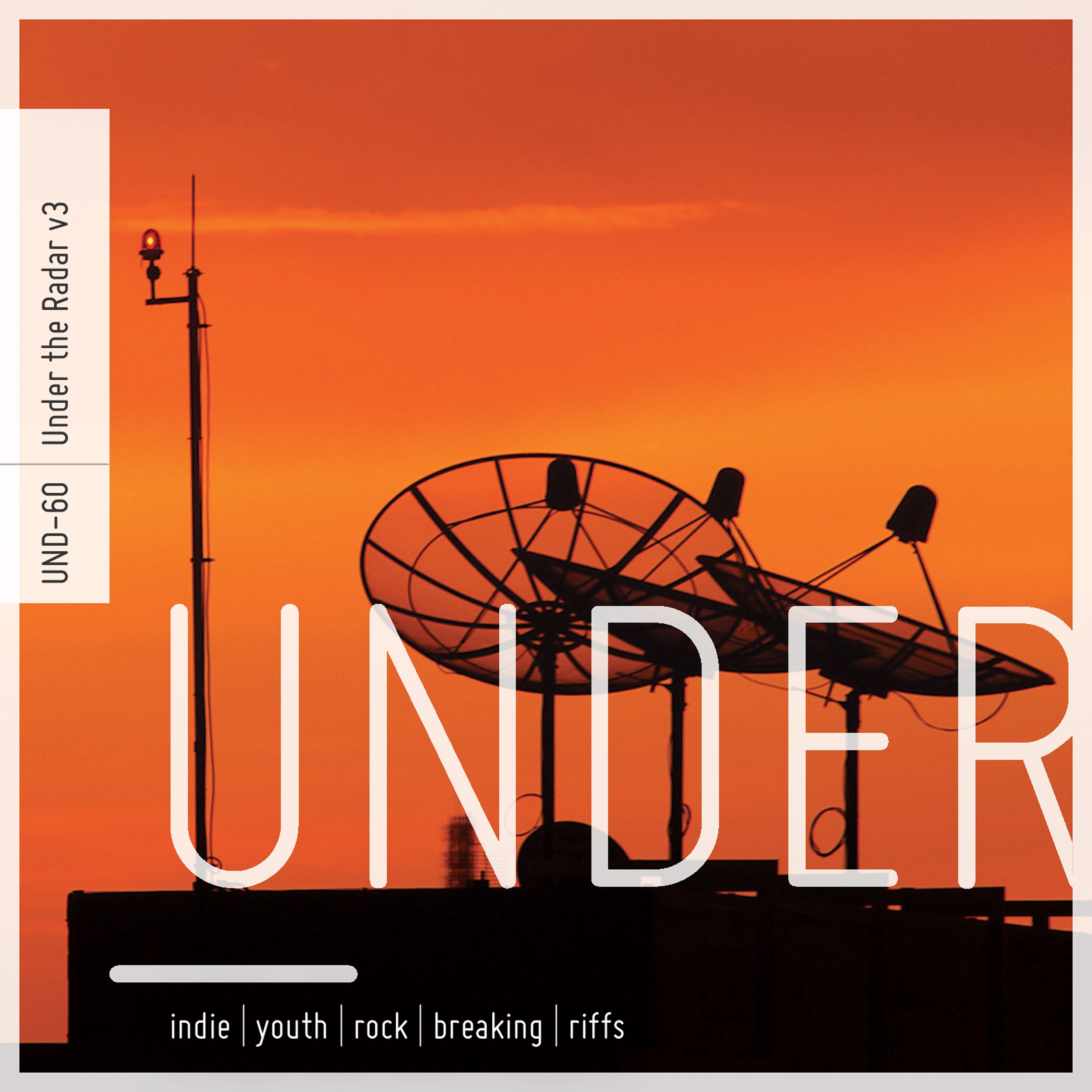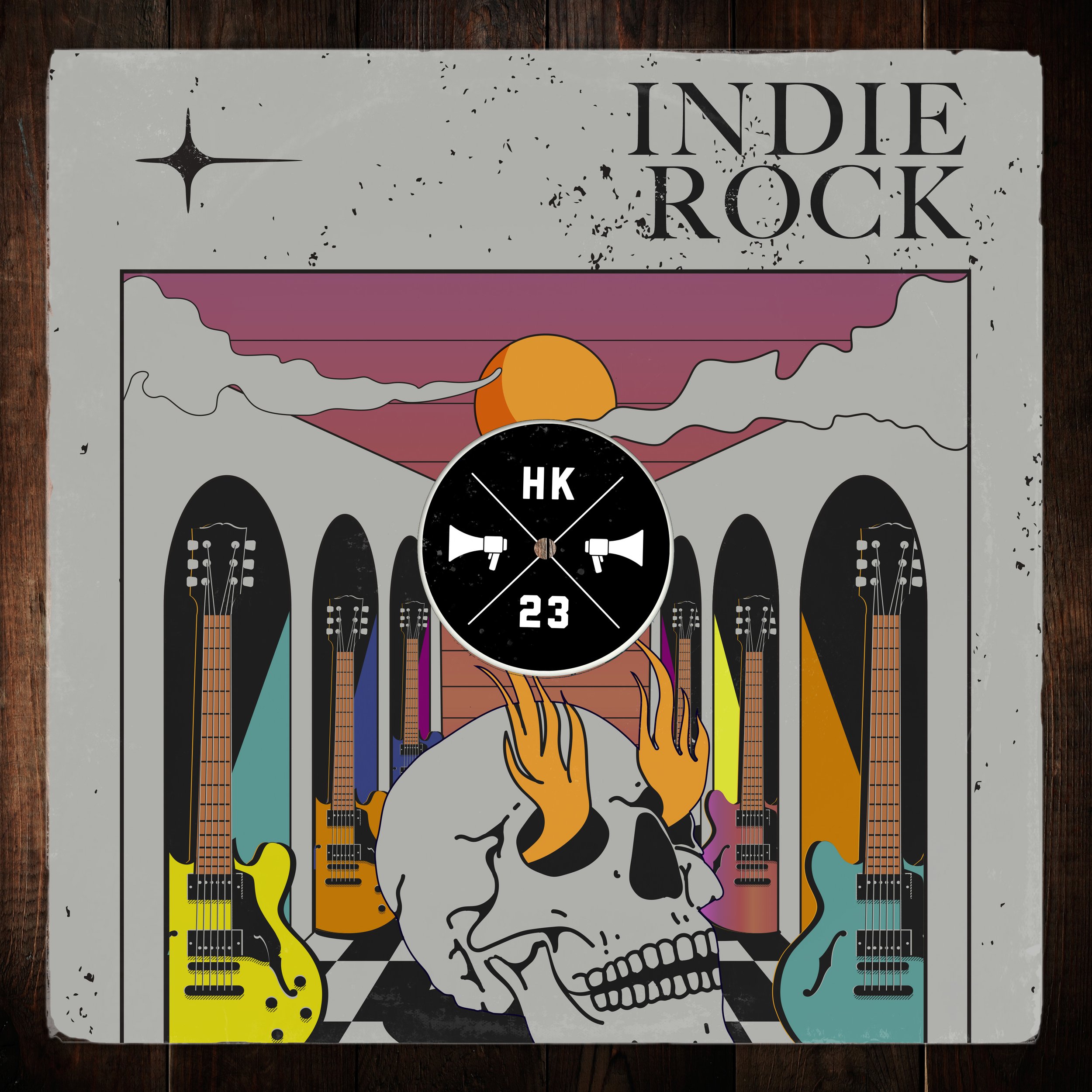Emotional Value
(5 min)
It’s one thing to make music that sounds happy or sad, scary or excited, tense or chill, vulnerable or romantic. It’s another to make music that makes an audience feel those things. Production music is often centered around capturing specific emotions, settings, or periods of time and is designed to accompany a story of a film, broadcast, podcast, ad campaign, etc. By steering clear of the spotlight, (good) production music not only accompanies a story, but amplifies it by balancing practical parameters and emotional art.
How do you achieve that balance, taking that utility of production music and infusing it with humanity and feelings? How important is the performance of the music as opposed to the technical limitations involved in writing it?
The answers to these questions may prevent the robotic takeover of the music industry. Or they just help make production music that stands out and in turn help a story come to life.
Either way, we had a chat with composer and singer/songwriter Alec Shaw and The License Lab’s creative director and producer Daniel Holter about some of their recent collaborations and how writing, performances, and production decisions help enhance the emotional value of each track.
Photo by Daniel Holter at London Bridge Studio
Lab Notes (LN): Alec, your music is full of emotion. That undeniable quality is present in your work both as a solo artist and in the tracks you’ve composed for The License Lab, most especially on Sentimental Skies (E&E-034) and See You Someday (LMTL-045).
Can you describe your process of writing music and how, whether lyrics are involved or not, you inject so much soul into your work?
Alec Shaw (AS): Thank you! Melody is the basis for the emotions I reach for 99% of the time, and when it’s a lyric usually that will come to me with a melody. I think it’s really a lot more simple at the end of the day. Arm yourself with the tools through musical discovery and practice over time then get out of the way and let it flow. I just think of those tools as influence, and familiarity with melody, harmony, rhythm, poetry, form, arrangement, tone. Maybe it sounds cheesy but the writing process to me is more a lifestyle that allows the songs to come rather than a particular writing process, and openness is a very important ingredient to that.
LN: When listening to albums like Indie Rock (HK-23) and Under the Radar v3 (UND-60), it sounds like you have an inherent musical chemistry with Naked Giants bassist Gianni Aiello and drummer Henry LaVallee.
What is it like making those songs come to life with that crew? How is working with them different from creating on your own?
AS: It’s always great working with musicians of their level! I noticed they had a wide influence of styles and understanding of musical vocabulary. I always prefer working with others as opposed to alone when it’s a good fit musically/good hang. Collaboration is wonderful and teaches you so much. Everyone has a different perspective and when they’re open to each other you get a better view at the infinite entity that is music.
LN: Daniel, as producer on See You Someday you had the option of embellishing these very bare, intimate recordings with further post-production.
Why did you decide to keep it simple?
Daniel Holter: Sometimes, all the extra studio trickery gets in the way of the emotion of a thing, the human heart of a performance. I thought the most impactful presentation for these songs would be aiming for the feeling of being a fly on the wall for these intimate conversations between two people.
Photo by Andrew Feller
LN: Conversely on the indie rock records that Alec has worked on, how do you balance the raw spirit and emotions of indie music with the considerations of production music?
DH: Always a balancing act, as it seems many applications for so-called "sync-driven production" lean toward more edits, tuning, overall perfection. I like to keep some raw edges on things, leave performances less edited and polished (especially on live/in-studio indie projects), leave some room for light to filter in through the cracks. One of my favorite quotes of all time is from Leonard Cohen's Anthem...
"Ring the bells that still can ring
Forget your perfect offering
There is a crack, a crack in everything
That’s how the light gets in."
I try to keep that idea top of mind in most of my production work, but particularly so on these types of records.
LN: One last question for you both, what are the most crucial ingredients involved with creating music that fosters clear and genuine emotional connection?
AS: I think I’ve already covered this a little bit, but I believe it’s openness and humility, and faith in what you’re feeling. Nothing creates creative blocks like doubting your expression.
DH: Not overthinking how any particular client might utilize these tracks, because there's just no telling when a particular piece of music might be just perfect for something in the future. I want to continue to work with artists and performers who have a deep connection to the creative process and where there's trust among the collaborators. I have to believe that those genuine intentions will find their way into the music and the finished recordings and hopefully, ideally, inspire clients who hear it to help bring their own projects to life.
Here’s a playlist of select tracks composed by Alec Shaw from the aforementioned albums:





